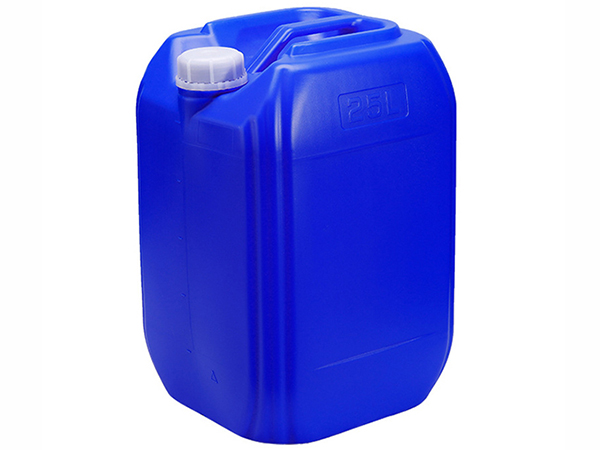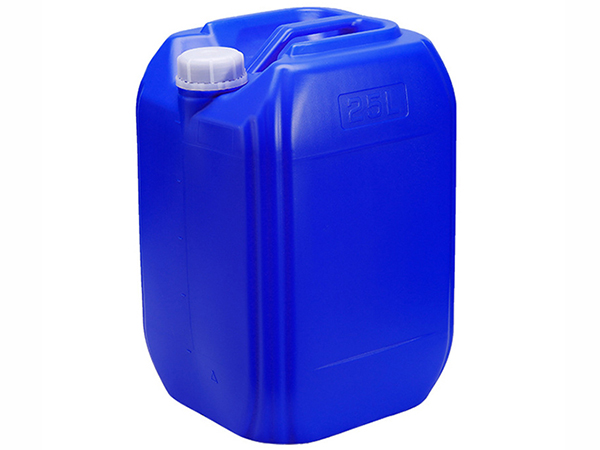
First stage, wet evaporation: After coating application, the volatilization rate of mixed solvents in the initial wet film state is mainly affected by the volatilization performance of each solvent, and the volatilization rate is similar to that of pure solvents. The relative volatilization rate of various solvents can be consulted for reference in literature. As the solvent evaporates, the viscosity of the coating increases, the evaporation rate of the solvent gradually slows down, and the wet evaporation tends to end
The wet evaporation rate of solvents is closely related to four variables: temperature, vapor pressure, surface area to volume ratio, and air flow rate passing through the surface; Water-based coatings use water as the volatile component, and relative humidity is also a significant variable
In high temperature and humidity environments, the low boiling point/high evaporation latent heat solvents used in self drying coatings will quickly evaporate, causing the surface temperature of the coating to drop sharply below the dew point temperature. Water vapor condenses into small droplets and seeps into the paint film, causing the coating surface to turn white and lose its luster. The faster solvent evaporation rate during spraying construction is due to the large surface area to volume ratio of spray atomized paint particles, which makes it easier for each solvent to escape; This is why sometimes different construction methods require the addition of different diluents or the selection of different dilution ratios
In water-based industrial coating formulations, both water and ethylene glycol monobutyl ether are generally present. At low humidity, the evaporation rate of water is much higher than that of ethylene glycol monobutyl ether; At high humidity such as 100%, the evaporation rate of water is 0, while the relative evaporation rate of ethylene glycol monobutyl ether remains unchanged at 0.08. Therefore, spraying water-based coatings has good leveling performance at low humidity, but poor anti sagging performance; At high humidity, it has good resistance to sagging, but poor leveling. For this, the solvent can be adjusted as appropriate to adapt, that is, when applying at high humidity, a solvent with a slow evaporation rate should be used; During low humidity construction, to keep up with the evaporation rate of water, solvents with fast evaporation rates can be used
Second stage, semi dry/dry evaporation:
At this stage, the coating is in a contact dry and pressure dry state, and the volatilization rate of the solvent in the coating is no longer controlled by the volatilization of the surface solvent. The volatilization rate of the solvent is mainly determined by the diffusion rate of the solvent in the coating. At this time, the volatilization rate of the solvent is inversely proportional to the square of the film thickness
The conversion of solvent volatilization from the first stage to the second stage varies depending on the type of coating, and is generally believed to occur when the solid content reaches over 60-80%. It is also believed that when the solvent evaporates to only 10-20%, it is converted to the second stage
The diffusion rate is mainly controlled by the available free volume, and solvent molecules jump from one free volume hole to another through the coating film. The most important factor controlling the free volume is (T-Tg). When the evaporation of the solvent occurs at a temperature above Tg of the resin, the diffusion rate does not limit the evaporation rate of the solvent; When the evaporation of the solvent occurs at a temperature below Tg of the resin, the evaporation of the solvent is controlled by the diffusion rate of the solvent within the coating
As the solvent further evaporates, the concentration of the resin solution increases, Tg increases, and the diffusion rate further slows down. If the Tg of the resin is much higher than the temperature of the coating film, the evaporation rate of the solvent tends to zero. Even after several years of film formation, there is still a small amount of residual solvent in the coating film. If conditions permit, drying at a temperature above Tg can be used to completely remove the solvent. According to long-term follow-up testing by IKEA, even trace amounts of xylene can be detected in the fast drying nitrocellulose coating after 50 years of storage, indicating that the diffusion of solvents in the dry coating is actually an extremely slow process. Of course, this is also related to the retention ability and compatibility/solubility of xylene solvents in alkyd resins. Just like the solar photon is generated in the solar core through nuclear fusion, but it has to escape to the solar surface because of the absorption and blocking of numerous high-density protons. It will take more than 100000 years of tortuous expedition to reach the solar surface and realize the true "freedom of light speed" -- we know that it only takes more than 8 minutes for the light on the solar surface to reach the earth
If an excessive amount of trimethylbenzene is added to polyurethane varnish and its diluent, the drying process will slow down after construction, which is beneficial for construction in high temperature and humidity environments. However, the transparent dry film may experience whitening problems after a few months. This whitening is fundamentally different from the whitening of the surface of the aforementioned paint film. This is because the initial reaction curing of the dry film is not yet sufficient, and there is still compatibility space for the residual amount of trimethylbenzene. As the reaction curing of the polyurethane dry film deepens, Tritoluene becomes incompatible and gradually loses transparency of the transparent dry film, resulting in whitening

In recent years, the release of solvents in dry films has received increasing attention. Although there is relatively little basic research, there are many related application studies, especially in safety, health, environmental protection, and testing
For example, Total Volatile Organic Compounds, abbreviated as TVOC, are total volatile organic compounds, and coatings are one of the main sources of TVOC; The national standard for indoor environmental pollution control in civil construction projects (GB 50325-2020) stipulates that the TVOC of residential buildings should be less than or equal to 0.45mg/m3. Studying the TVOC control technology well is very beneficial for developing dry film ultra clean polyurethane PU wood furniture paint and ultra clean wall paint
Semi Volatile Organic Compounds, abbreviated as SVOC, according to the classification principles of the World Health Organization (WHO), refer to organic compounds with boiling points in the range of 240 to 400 ℃, which can coexist in both gaseous and particulate matter at room temperature, and the proportion in the two phases will change with temperature changes; SVOC is an organic liquid or solid that can naturally evaporate under normal temperature and pressure in its environment, but has a slower evaporation rate compared to VOC. SVOC mainly includes phthalates, short chain chlorinated paraffins, dioxins, polycyclic aromatic hydrocarbons, organic pesticides, chlorobenzenes, polychlorinated biphenyls, pyridines, quinolines, nitrobenzenes, nitrosamines, anilines, phenols, polychlorinated naphthalenes, polybrominated biphenyls and other compounds. ISO/TC35 Technical Committee on Paints and Varnishes added the determination of SVOC in the revision of 11890-2:2020 "Paints and Varnishes - Determination of Volatile Organic Compounds (VOC) and/or Semi Volatile Organic Compounds (SVOC) Content - Part 2: Gas Chromatography". The main reason for this is the increasing international demand for controlling SVOC, which has characteristics such as difficult degradation, strong adsorption, and biological toxicity, and is often present indoors and in vehicles, Persistent harm to human health. Its rapid migration, slow evaporation, and venomous nature are worthy of our in-depth research on environmentally friendly alternative technologies
About
Brief introduction Application Certificate Laboratory Connectproduct
Post finishing agent Enzymatic water Brightener Printing/Coating Additives MoreNews
Dynamic Lnformation Common
Mobile website

TRL:+86 0769-88124837
Chinese mailbox:dgtshdrl@163.com
English mailbox:postmaster@tianshengchem.com
Guangdong Tiansheng Environmental Protection New Material Technology Co., Ltd. Copyright © 2023 all rights reserved